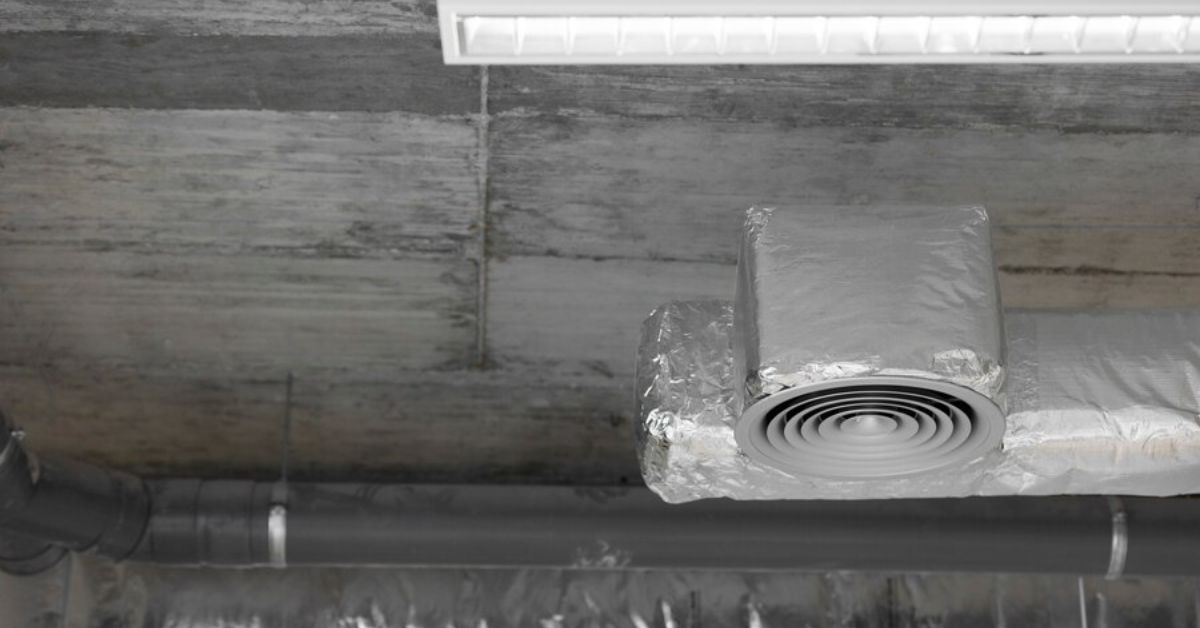A well-functioning drainage system is essential for protecting a home from water damage. The primary components of this system include gutters, outlets, downspouts, and other related elements that work together to channel rainwater away from the roof and foundation. This article will explore each component’s role and explain how they contribute to an efficient drainage system.
Gutters
Gutters are the first line of defense in a home’s drainage system. Mounted along the edges of the roof, gutters collect rainwater as it runs off the roof surface. By capturing this water, gutters prevent it from cascading down the sides of the house, which can cause erosion, damage to siding, and water infiltration into the foundation.
Types of Gutters:
- K-Style Gutters: These are the most common type of gutters, characterized by their decorative shape that resembles crown molding.
- Half-Round Gutters: As the name suggests, these gutters are shaped like a half-circle and are often used in historic or traditional home designs.
- Box Gutters: Typically used in commercial buildings, box gutters are larger and can handle more water flow.
Gutter Outlets
Gutter outlets, also known as drop outlets, are critical components that connect the gutters to the downspouts. These outlets are installed at the bottom of the gutter runs and serve as the entry point for water to flow into the downspouts. Proper placement and sizing of gutter outlets are essential to ensure efficient water drainage and prevent overflow.
Downspouts
Downspouts are vertical pipes that carry water from the gutters down to the ground level. They are connected to the gutter outlets and are crucial for directing water away from the foundation of the house. Downspouts come in various materials, including aluminum, vinyl, and copper, and can be round or rectangular in shape.
Key Features of Downspouts:
- Elbows: These are angled sections of the downspout that help navigate changes in direction, guiding the water flow around corners and obstacles.
- Extensions: These can be added to the bottom of downspouts to further direct water away from the foundation, often leading it to a drainage ditch or rain barrel.
- Strainers: Placed at the top of downspouts, strainers prevent debris from entering and clogging the pipes.
Splash Blocks and Diverters
At the base of the downspouts, splash blocks or diverters are often used to direct water away from the house. Splash blocks are typically made of plastic or concrete and help prevent soil erosion by dispersing the water over a larger area. Diverters, on the other hand, can be used to channel water into specific areas like garden beds or rainwater collection systems.
Underground Drainage Systems
In some cases, water from downspouts is directed into underground drainage systems. These systems involve pipes buried around the perimeter of the house, which carry water away to a storm drain, dry well, or other drainage solutions. Underground systems are particularly useful in areas with heavy rainfall or poor surface drainage.
Gutter Guards
To ensure the drainage system remains effective, gutter guards can be installed to prevent debris from clogging the gutters and downspouts. These guards come in various forms, including mesh screens, foam inserts, and surface-tension covers. By keeping leaves, twigs, and other debris out, gutter guards reduce maintenance needs and extend the lifespan of the drainage system.
Regular Maintenance
For a drainage system to function properly, regular maintenance is essential. This includes:
- Cleaning Gutters and Downspouts: Removing debris to prevent clogs and ensure smooth water flow.
- Inspecting for Damage: Checking for leaks, cracks, or loose connections and repairing them promptly.
- Checking Slope and Alignment: Ensuring gutters and downspouts are correctly aligned to facilitate proper water flow.
Conclusion
A home’s drainage system, comprising gutters, gutter outlets, downspouts, and related components, is vital for protecting the structure from water damage. Each part plays a specific role in channeling rainwater away from the roof and foundation, preventing erosion, leaks, and other issues. Regular maintenance and proper installation are key to ensuring the system remains effective, safeguarding the home’s integrity and longevity.










